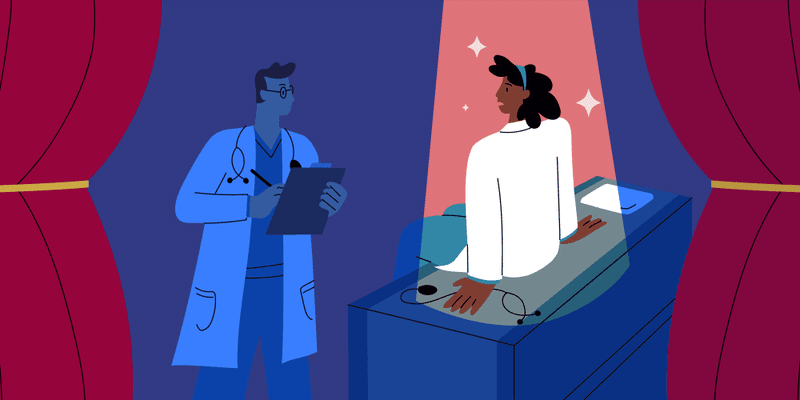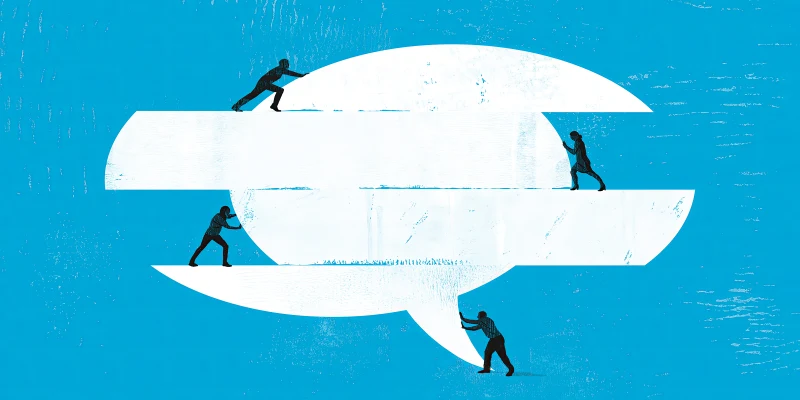In health care, we're all familiar with the gravity of medical errors. We often talk about them in terms of wrong diagnoses or medication orders, missed drug interactions, or misplaced dosages. However, there's another type of error, one that doesn't necessarily harm anyone but does provide comic relief: the typo. The EHR, designed to bring clarity and efficiency to patient care, often becomes a treasure trove of unintentional humor, reminding us of the humanity behind the screen.
Take, for instance, the case of the "right lower lobe embolus of the left lower lobe." I can only imagine the left lung's response to this invasion from its neighbor. Then there was the memorable "lover abscess," which sounded less like an infection and more like a relationship issue. A need for a couples' therapy referral, perhaps? Then there was an "OK to place single lumen PICC line infection," unintentionally injecting the infection itself. I also saw an order to "continue airport isolation," as if the CDC had outsourced quarantine to TSA.
My favorite typo might be the patient with "septic arthritis of the right food." It made me picture a guilty sandwich. Another gem was a sputum culture reporting "heavy growth of physician assistant," which had me briefly questioning our lab practices. And I'll never forget the colleague who offered to "comfort you on a patient." While touching, this was not the clinical advice I was looking for.
Medication orders aren't immune. A memorable one was "cefepime 6 grams continuous confusion," fitting given cefepime's neurotoxic potential. And procedural notes aren't safe either. One declared, "no frank pus ... the area was debirded," sparking relief that no avian involvement occurred. Another note warned of "perianal intrahepatic bilomas," an anatomical impossibility that still managed to conjure a vivid image.
In my own specialty of infectious diseases, typos bring their own charm. I've seen "C. difficult" (which, to be fair, it often is) and "multi-track resistant grab negative rods," an unusually clingy bacterium. Endocrinology offered up "sick dose steroids," leaving me wondering if the medications needed care themselves. Neurology didn't disappoint with its MRI ordered "to see CN involvement with fiesta." Cranial nerves deserve a party, too, I suppose.
There are also cases where typographical errors make even the simplest anatomical descriptions feel ... uncomfortable. Like the "cute vagina" noted in a patient with an MI, or "no hemorrhoids seen" during a fundoscopic exam. A chart once declared, "we decompensated yesterday," which made me pause — had the entire team fallen apart? And then there was the poignant note that read, "family embers were at the bedside," as though the loved ones had been reduced to ashes.
Of course, these typos highlight the real challenges of medical documentation. While entertaining, typos underscore a deeper reality of the complexity of medical communication and the persistent effort required to ensure accuracy. They remind us that behind every note, order, and result is a human striving to navigate a high-pressure, fast-paced environment. Paradoxically, these errors can also serve as indicators of authenticity – proof that the documentation wasn't merely a copy-paste job, but a genuine, albeit imperfect, attempt to translate observations into actionable data. This humanity, reflected in the occasional typo, is both a challenge and a reassurance in a profession where precision and empathy go hand in hand. Between voice recognition, autocorrect, and long shifts, it's easy for a "Honda virus" to slip in for hantavirus or for "Staph epididymis" to masquerade as staph epidermidis. Yet these moments of levity also remind us to embrace the humor that lightens the intensity of our work.
So, as I battle infections and the quirks of the EHR, I'll keep collecting these gems: "bilateral lower lobe obesities," "evaluate for fluid in pants," and "Mycobacterium avian" (my chickens might know that one). These typos are a small but vital reminder of the human side of medicine, because sometimes, in a field that demands constant vigilance, the best cure for a tough day is a good laugh.
What's the best or funniest medical typo you've seen? Share in the comments.
Dr. Cabanilla is an infectious diseases pharmacist clinician at the University of New Mexico Health Sciences Center, assistant professor at the University of New Mexico School of Medicine and College of Pharmacy, and medical director for the Infectious Diseases Consult ECHO at Project ECHO. She earned her PharmD from the University of New Mexico College of Pharmacy and completed both her PGY1 and PGY2 infectious diseases residencies at the University of New Mexico Hospital. Her professional interests include infections in solid organ transplant recipients, quality improvement, and optimizing antimicrobial use in critically ill patients.
Image by elenabsl / Shutterstock







